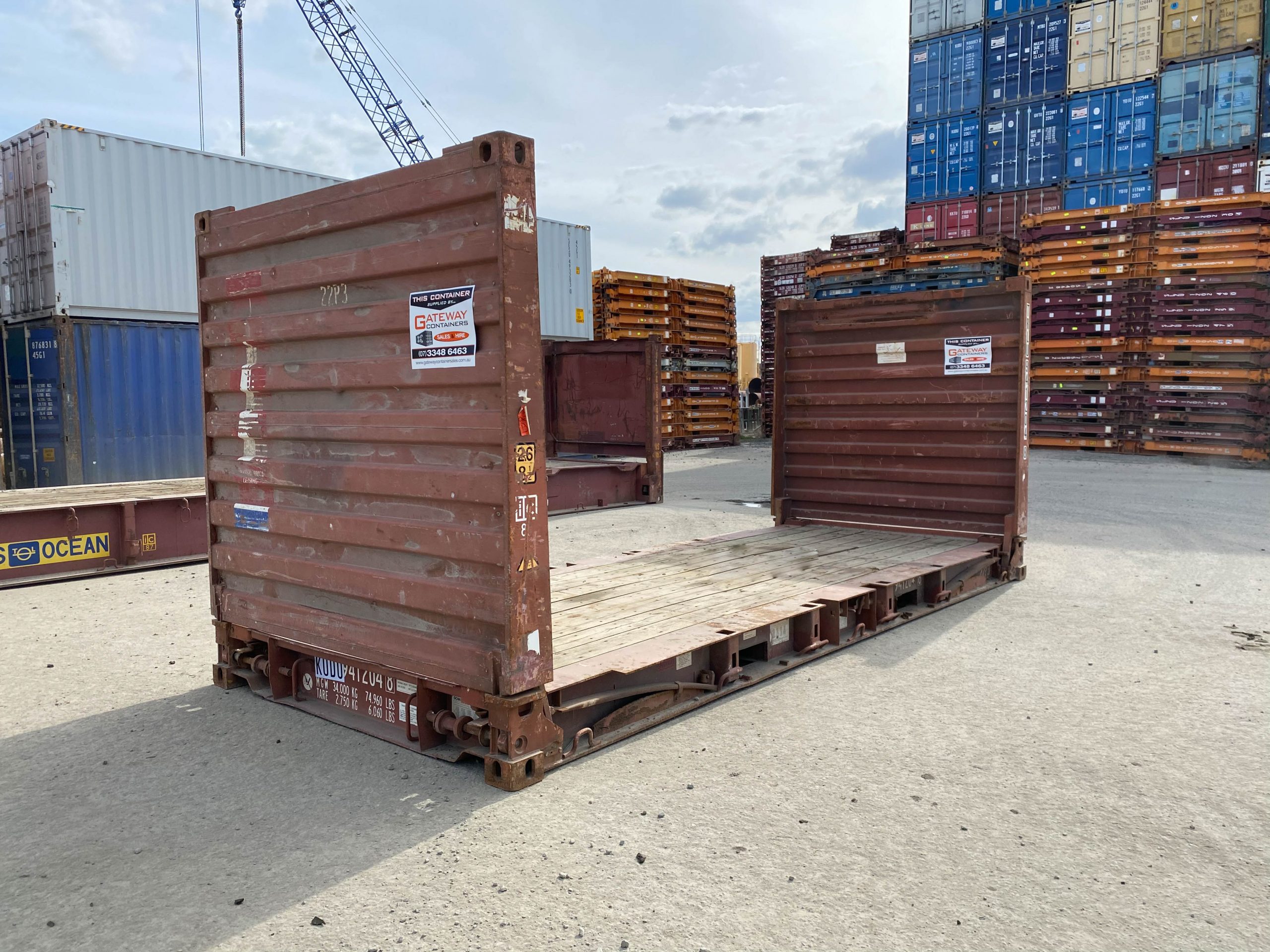As with so many industries, logistics and shipping container transportation has its own jargon and language. In this article we will look at most of the abbreviations and words in the shipping container world and explain what they mean. This will give you a better understanding if you ever hear these terms mentioned in conjunction with shipping containers or if we refer to them in our dealings with you.
Glossary of Shipping Container Terms
APCA – “Australian Post Charge Additional”.
ACEP – “Approved Continuous Examination Program”. This is designed to ensure the safety of the trip of the shipping container.
BCO – “Beneficial Cargo Owner”. This is the recipient of the shipping container and its contents at the destination.
BIC – This represents “Bureau International des Containers”. This Paris, France organisation maintains the alpha prefixes that are used to identify specific shipping containers.
Bill of Lading – The contract between the goods owner and the shipping company to transport the goods.
Box – A slang term for a shipping container.
BV – “Bureau Veritas”. This is an international classification society for shipping containers and their contents.
CAN – This is a reference number given by a country’s customs and excise agency upon clearance of shipped goods.
Carrier – Used in reference to shipping containers, this is either the company moving your container from A-B or the vessel.
CBM – The volumetric size of the shipping container in cubic metres.
CFS – “Container Freight Station” – where containers are packed and unpacked.
COC – “Carrier Owned Container” where the company (carrier) moving your goods owns the container you are moving your freight in.
Coffee container – originally used for coffee, it is a container with vents on the side to allow air circulation. Also known as a Ventilated Container (see below).
CW Certificate – A safety certificate saying that the container is transportable at sea and is cargo-worthy.
Container Inspector – A safety inspector who inspects damage to shipping containers and who assesses them.
CSC Plate – A plate that is fixed to the doors of a container that has a serial number and other technical data about the container itself.
Container Terminal – This can be inland or a seaport, and is a specialist port that handles containers.
CY – “Container Yard” – where shipping containers are stored.
Demurrage – This is a fee charged for containers and their goods when stored for a longer period than the physical transportation times.
Detention – A fee charged for containers that have been returned late to the owner.
EIR – “Equipment Interchange Receipt” – a receipt for transfer of responsibility to the next carrier in the chain as the container moves to its destination. This might be from a railway to a truck company, the truck company to the port and so on.
FAK – “Freight All Kinds”. A shipping container that has a number of different shipments for different BCOs and/or senders.
FCL – “Full Container Load”. A full container.
FEU – “Forty Foot Equivalent Unit”, an abbreviation for a 40 foot (12 metre) container.
Freight Forwarder – A private company or agency that handles the transport of the container, its customs clearances and securing cargo space for the container’s journey.

Flat Rack Container – A container with no walls for cargo that is too wide to fit into a box container.
Gateway – This is the multi-modal port where goods will move from one mode (say, a truck) to another (a ship for instance) in its journey.
GOH – “Garments On Hanger”. These containers are handling clothes or other items on hangers inside the shipping container.
GP – “General Purpose” container. A classic box container for general cargo. This is usually 6 metres (20ft) or 12 metres (40ft).
HC or High Cube Container – This is a shipping container with around 0.3 metres (1ft) or extra headroom inside the container over and above the standard size.
IICL – “Institute of International Container Lessors”. This is an organisation representing the largest container leading companies in the world. It also sets repair standards on containers.
Insulated Shipping Container – A container with insulation that carries cargo that has to be kept at a constant temperature. This can be a refrigerated (reefer) unit but doesn’t always have to be.
Intermodal – refers to the different modes of transport a container will travel by such as road, rail and sea.
ISO – An international body for standards of goods. This sets the standards for shipping container construction.
LO/LO – “Lift on-lift off”. This is a fee for lifting containers off and onto containerships.
MGW – “Maximum Gross Weight” – the maximum allowable weight for a loaded shipping container.
O/H – “Over Height”. The cargo it too big to fit inside the shipping container.
O/S – “Open Sided” – a container that has no sides and is suitable for cargo that is too wide for a standard container.
O/T – “Open Top” shipping container. Can be loaded from the top by crane, but can take cargo that is too tall for a GP or HC container.
Payload – “Payload”. Maximum weight of the cargo or goods that can be carried within the container.
RAL Colour Coding – A colour matching system to give the exact colour of the coating of a shipping container – this can include branding colours and allows for grading and easier identification of the box.

Reefer Shipping Container – A refrigerated container with a unit that controls the temperature of the goods within. These can include freezer containers where the goods inside are kept at seat, subzero temperatures.
Relay – The act of transfer of a shipping container from one vessel to another.
SOC – “Shipper Owned Container”. The shipper owns the container you are hiring to transport your goods.
Slot – The allocated space for the container on the containership, allowing carriers to know exactly which container is located where on the ship.
TARE – The weight of the shipping container without any goods inside.
TEU – “Twenty Foot Equivalent Unit”. The standard unit of container sizes is twenty feet (6 metres). Used to refer to the capacity of ports or ships.
THC – “Terminal Handling Charge”. The port’s handling fee for moving the container around.
Time Slot – The time that is booked to either collect or deliver the shipping container.
Throughput – The expected or measured time it takes to move a container through a container terminal.
Transshipment – The act of moving the container from one vessel to another for their journey onward to their port of destination.
Turnaround Time – The time it takes for a container to leave a container terminal after its initial arrival.
Ventilated Container – See ‘Coffee Container’ above – a type of container with air vents to allow air circulation to keep the interior of the box cooler and allow air and gas venting.
Waybill – This is a bill of lading that records the receipt of goods that also acts as evidence of the contract of transport and service.
WWT – “Wind and Watertight”. Ventilated containers are the exception to the rule. Most containers are wind and watertight to keep out the elements and protect the cargo inside.
Any more questions?
If you have any other questions about the jargon and language in the transport of your container with Gateway Container Sales, don’t hesitate to get in touch!
